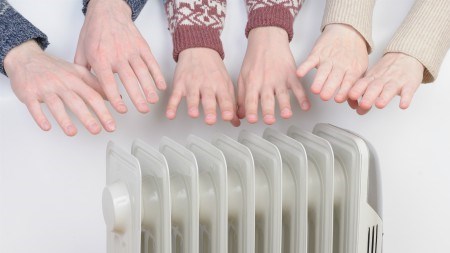With winter coming and persistent power outages, saving energy is a must.
With another cold winter now not far off and with power outages today a reluctantly accepted way of life – and electricity charges once more set to rise – South African home owners simply have to find ways of cutting down on their energy costs, says Tony Clarke, Managing Director of the Rawson Property Group.
Discussing this recently, Clarke said that saving on energy is not nearly as difficult as many people imagine.
“Some people seem to think that it is absolutely inevitable that they have high energy costs, but this is definitely not the case,” he said.
He himself some time ago challenged his family to see what they could do in this respect, promising to add to his children’s pocket money sums equivalent to the amount they saved. This resulted in a monthly R4,000 electricity bill being cut by a staggering 50% to about R2,000.
“Anyone determined to accept the energy saving challenge,” said Clarke, “should begin by realizing which the main energy consuming items are.”
Top of the list, he said, will always be the hot water geyser, which in most families is responsible for some 39% of their energy costs. Next to this comes space heating (16%), stoves and ovens (11%) and the swimming pool pump (also 11%).
In view of this list of costs, said Clarke, the sensible steps to take are, firstly, to insulate the home by every possible means, paying particular attention to windows, doors and breeze blocks, all of which can be given newspaper stuffing where they are faulty. If the home occupant can afford double glazing, this will bring about very significant savings and keep the house a great deal warmer, but as for most people this is too expensive, the right action to take is to look for insulation possibilities wherever possible: a second layer of ceiling insulation can usually be installed for ± R5,000 and this will have a far reaching influence on containing the heat in the home and preventing the cold from the loft area penetrating through ceilings.
To cut down on those ultra-high geyser costs, said Clarke, it is necessary to accept “at last” that heat pumps or solar heating should now be an essential part of any home’s equipment. If you can go the whole way and install a fuel or wind driven generator, you may even find yourself reducing your electricity to virtually nil – but the really significant savings made by installing solar heaters make it totally logical to go this route.
Then, said Clarke, there is a host of other measures that everyone should take. These include:
Reducing to the shortest possible time the periods in which you leave refrigerator and stove doors open. In addition, it is important to make sure that these are not placed in hot areas, e.g. near heaters or in strong sunlight.
Setting the refrigerator two degrees C higher, say at 3°C.
Defrosting the refrigerator at least twice per annum and as a corollary to this defrosting food naturally not by means of a microwave oven or stove.
Refraining from overloading the refrigerator. This will always cause energy costs to rise exponentially. Also again the door seals should be checked and replaced if they are not efficient.
Using low energy LED lights. Lighting in the home is responsible for only 6% of energy charges, but even here serious savings can be made.
Disconnecting all energy appliances when the instruments are not being charged.
Using a pressure cooker for food that will take a long time to prepare.
Clarke said the evidence of the northern European countries and the UK indicate very strongly that adopting these measures has always with hindsight been seen as having been incredibly worthwhile and, he said, he would go so far as to say that ignoring energy saving methods is tantamount to being “illogical and irresponsible about one’s household expenditure”.



